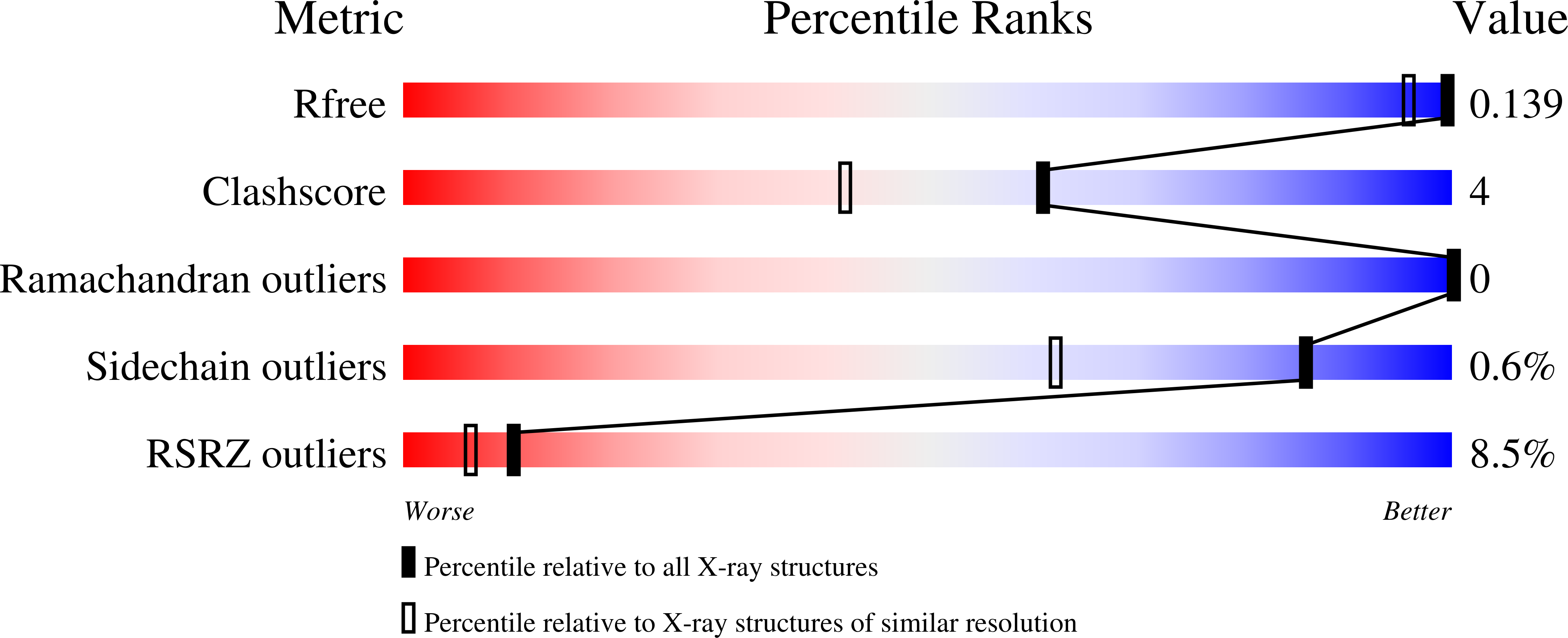
Deposition Date
2024-01-15
Release Date
2024-08-07
Last Version Date
2024-08-07
Entry Detail
PDB ID:
8VOM
Keywords:
Title:
Double alanine Apex domain mutant of bacteriophage P2 central spike protein, membrane-piercing module
Biological Source:
Source Organism:
Bacteriophage P2 (Taxon ID: 2905681)
Host Organism:
Method Details:
Experimental Method:
Resolution:
1.25 Å
R-Value Free:
0.13
R-Value Work:
0.11
R-Value Observed:
0.11
Space Group:
P 1 21 1


